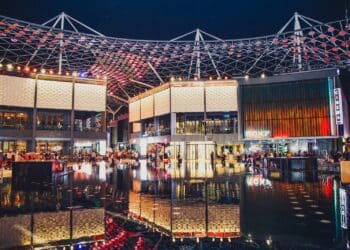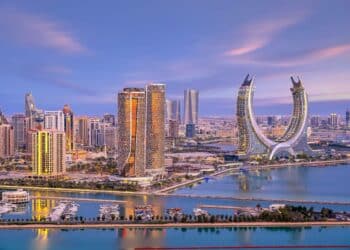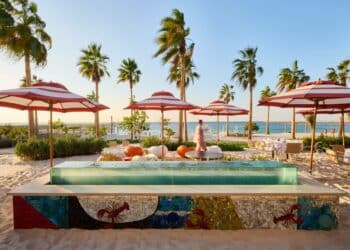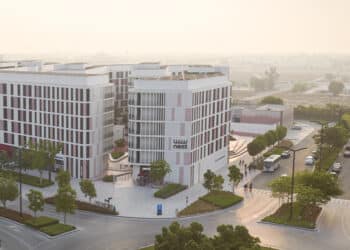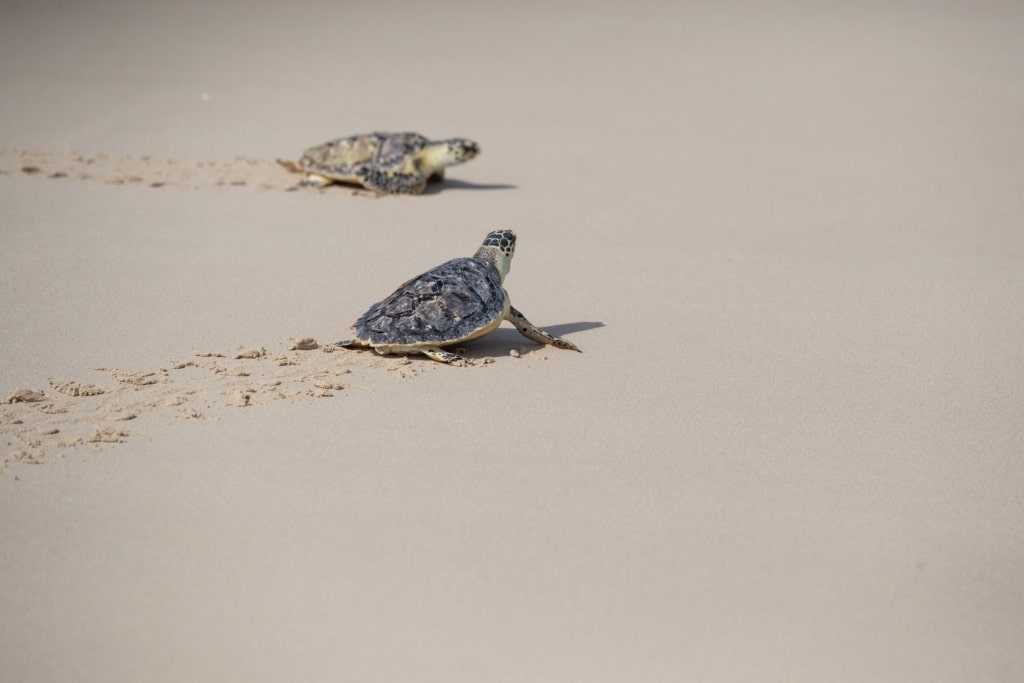
Jumeirah Group’s Dubai Turtle Rehabilitation Project celebrated World Sea-Turtle day on June 16 with the release of 45 fully rehabilitated Hawksbill turtles, and an additional 20 hatchlings from Emirates Marine Environmental Group’s Jebel Ali Reserve.
The release was attended by Sheikh Hamdan bin Mohammed bin Rashid Al Maktoum, Crown Prince of Dubai, who participated in the release of the hatchlings from the shore, as well as the larger animals directly into the sea via boat.
Each of the 45 rehabilitated turtles have spent the last few months being treated for various ailments including cold-stunning during winter, plastic ingestion, and injuries requiring surgery.
The Hawksbill-Turtle forms part of the three-year National Plan of Action for the Conservation of Marine Turtles in the UAE, fully supported by the Dubai Turtle Rehabilitations Project. Launched by the Ministry of Climate Change and Environment, the plan aims at expediting laws to protect turtles.
Hawksbills are especially important to Coral Reef health as they forage on and keep sponges in check, which out-compete corals. Pressures on nests, juveniles, and adults have led to rapidly declining numbers, and it is thought that there are less than 8000 adult nesting females globally, a reduction of 80% in the last century.
“The rehabilitation process starts with critical care at the facilities at Burj Al Arab Jumeirah, then progresses to the state-of-the-art, sea-fed turtle rehabilitation lagoon, where the turtles acclimate to ambient conditions, and build up fitness levels prior to release back into the wild”, shares Gerhard Beukes, the Director of Aquarium Operations and Animal Husbandry at Dubai Turtle Rehabilitation Project.
He goes on to add, “Amongst the turtles released was a hatchling that washed up on World Sea-Turtle Day last year, weighing only 11 grams. She has since come on leaps and bounds, increasing her weight tenfold, which now gives her a much better chance of survival. “
The team has now successfully returned over 1,900 turtles to the Arabian Gulf from all over the UAE since its inception in 2004, with an average rescue of 225 turtles in recent years. The main species tended to at the facility are Hawksbill and Green Turtles, with occasional Loggerhead and Olive Ridley turtles, brought in by members of the public and conservation focused partner organizations.
All turtles are taken directly to the Aquarium team at Burj Al Arab Jumeirah by members of the public or with the assistance of local conservation organizations, where they are cared for, with their recovery process carefully monitored in addition to veterinary examinations, administering of medication and surgery when needed
Following the success of all treatments, and a sustained positive progress in the condition of the turtles, they are transferred to the turtle lagoon at Jumeirah Al Naseem. Here, the team can monitor the final stages of rehabilitation before the turtles are released back into their natural habitat after been given the all-clear.

